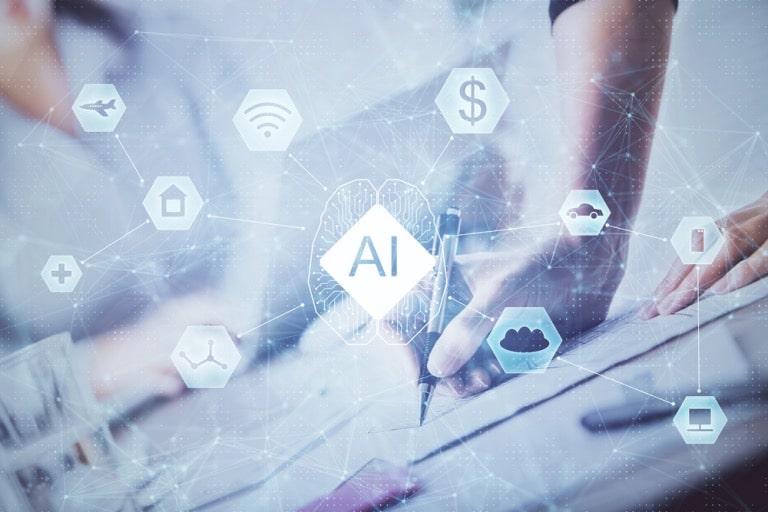Artificial Intelligence (AI) has transitioned from a futuristic concept to an integral part of our daily lives. Its applications span various sectors, including healthcare, finance, entertainment, and education, driving innovation and efficiency.
However, with the rise of AI comes the need for sophisticated tools to monitor and regulate its use—enter the “AI detector.”
Understanding Artificial Intelligence
Artificial Intelligence refers to the simulation of human intelligence processes by machines, especially computer systems. These processes include learning (acquiring information and rules for using it), reasoning (using rules to reach approximate or definite conclusions), and self-correction.
AI can be categorized into two types: Narrow AI, which is designed for specific tasks, and General AI, which possesses the ability to perform any intellectual task that a human being can.
Applications of AI
- Healthcare: AI algorithms are used to diagnose diseases, predict patient outcomes, and even assist in surgeries. For instance, AI-powered imaging tools can detect anomalies in X-rays and MRIs more accurately than human radiologists.
- Finance: AI is employed for fraud detection, algorithmic trading, and personalized banking. AI systems analyze vast amounts of data to identify patterns and anomalies that could indicate fraudulent activities.
- Entertainment: AI-driven recommendation systems are used by streaming services like Netflix and Spotify to suggest content based on user preferences. These systems enhance the user experience by providing personalized content.
- Education: AI tutors and learning platforms offer personalized education experiences. These systems adapt to individual learning styles and paces, making education more accessible and effective.
The Importance of AI Detectors
As AI technology advances, so does the potential for misuse. AI detector tools are essential tools in ensuring that AI applications are used ethically and responsibly. These detectors identify the use of AI in various contexts, ensuring transparency and accountability.
Key Functions of AI Detectors
- Content Verification: In the digital age, AI-generated content is becoming increasingly common. AI detectors can differentiate between human-generated and AI-generated content, helping to combat misinformation and deepfakes.
- Plagiarism Detection: In academia and content creation, originality is paramount. AI detectors can identify AI-generated text, ensuring that work is original and not machine-produced.
- Fraud Prevention: In finance, AI detectors help identify fraudulent transactions by distinguishing between human and machine-generated activities.
- Security: AI detectors play a crucial role in cybersecurity by identifying AI-driven attacks and protecting sensitive information from automated threats.
Challenges and Future Directions
While AI detectors are crucial, they are not without challenges. The rapid advancement of AI technology means that detectors must continually evolve to keep pace. Additionally, there is the challenge of ensuring that these detectors themselves are unbiased and do not infringe on privacy rights.
The future of AI detectors lies in their integration with other technologies, such as blockchain, for enhanced security and transparency. Continuous research and development are essential to create more robust and accurate detectors capable of keeping up with the ever-evolving AI landscape.
Conclusion
Artificial Intelligence is transforming our world in unprecedented ways. However, the rise of AI necessitates the development of AI detectors to ensure ethical use, transparency, and security. As we continue to harness the power of AI, the role of AI detectors will become increasingly vital in safeguarding our digital future.
